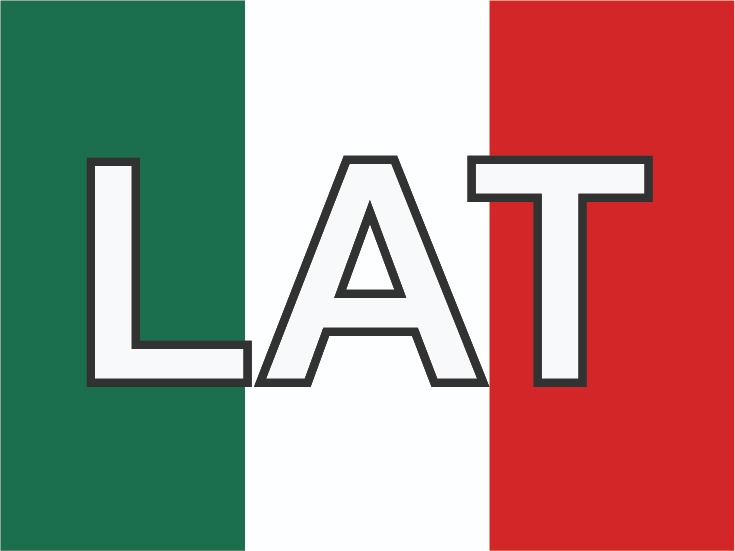Lived experiences of adolescents in dialysis: life with multiple loses.
Abstract
Introduction: Terminal renal failure affects all aspects of the person’s life. The impact of this illness during the adolescence is quite dramatic since the adolescent must overcome the demands from the developmental stage and the illness situation. Knowledge about the illness impact on the adolescents´life is scarce; as a contribution to increasing this knowledge, a study was done to describe the lived experiences of adolescents in dialysis.Methodology: The study is qualitative; the methodological strategy used was interpretive phenomenolgy based on Heidegger´s phylosophy.
Findings: Adolescents in dialysis experienced losses in their everyday life, especially as students; they also experienced loss of their independence, their previous body image and their desirable body image. The imposed and rigid timetables for the pharmacological treatment and dialysis procedure, the dialysis catheter and the diet restrictions are the main causes of their losses. Peer relationships deteriorated due to the social isolation the adolescents imposed on themselves as a way to cope with the losses. Renal transplant is perceived as a mean to recover all they have lost.
Conclusion: Knowledge generated by this study would contribute to provide health care more congruent with the adolescents’ everyday needs.
Authors
Downloads
Download data is not yet available.
Keywords
- Adolescent
- Lived experiences
- Dialysis
- Chronic illness
- Phenomenology
Submitted
2009-11-25
|
599 |
How to Cite
Morales, L. C., & Castillo, E. (1). Lived experiences of adolescents in dialysis: life with multiple loses. Colombia Médica, 38(4 Supl 2), 44-53. https://doi.org/10.25100/cm.v38i4 Supl 2.536
Section
Original Articles
The copy rights of the articles published in Colombia Médica belong to the Universidad del Valle. The contents of the articles that appear in the Journal are exclusively the responsibility of the authors and do not necessarily reflect the opinions of the Editorial Committee of the Journal. It is allowed to reproduce the material published in Colombia Médica without prior authorization for non-commercial use




















